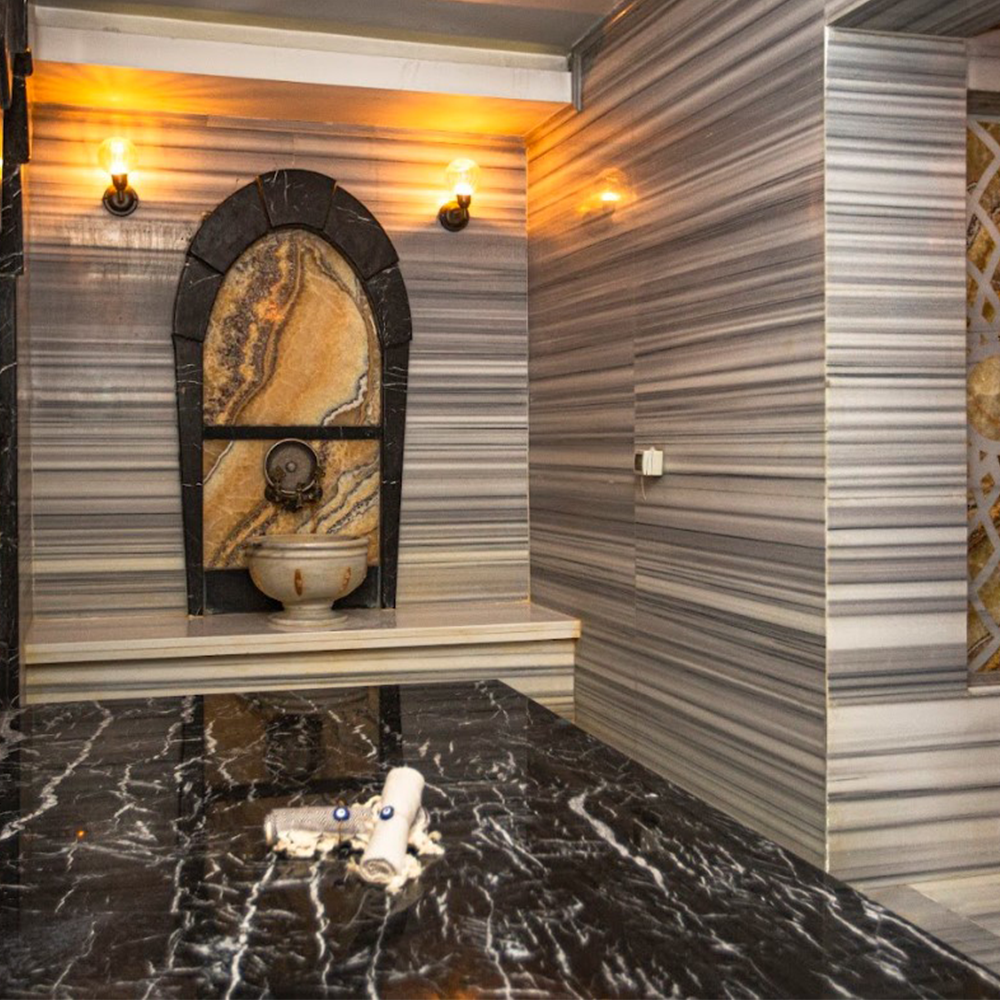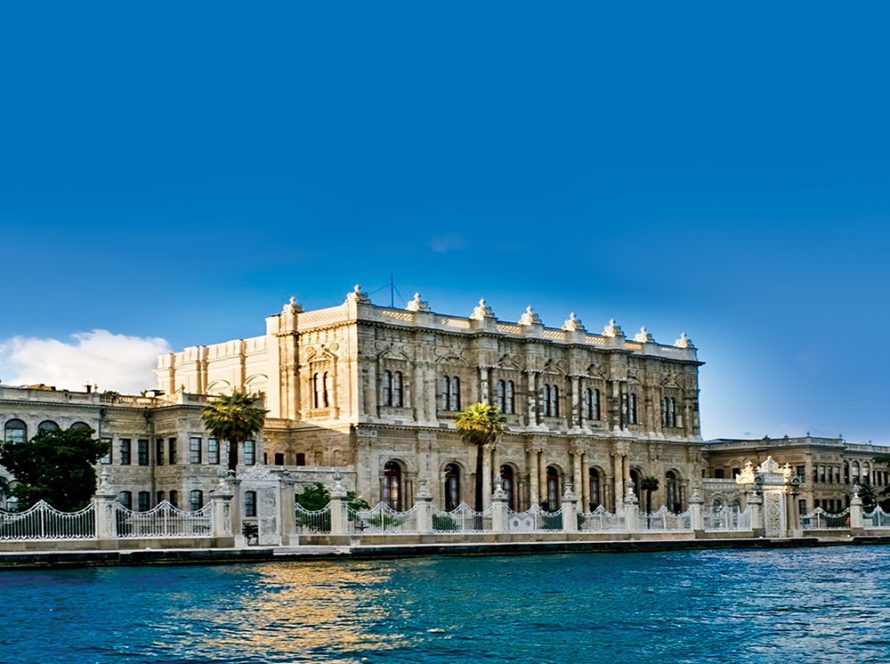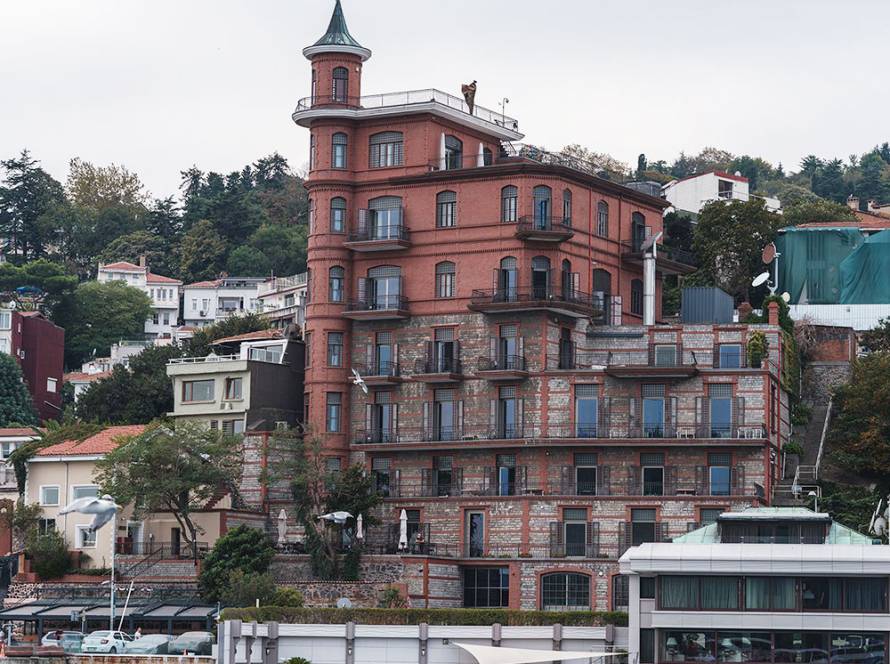It is a bathing tradition that has a deep-rooted place in Türkiye’s history and is still preferred by many Turkish citizens, starting with the migration of Turks from Central Asia to Anatolia. The hammams, which attract the attention of tourists with their historical texture and architecture, stand as a heritage that defies the years. To understand the essence of hammam culture, let us first have a look at this tradition.
In the traditional hammam culture, the word “Hammam” is derived from the Arabic word (حمّام, hammâm), which means “to heat” or “to become warm”, and was adopted by the Turks. It is also used as “Turkish Bath” as it is popularized name in Europe. They are structures with hot and cold water heated by a special system and used for bathing. Hammams serve as places where people can get clean and rest.
The history of hammam dates back to the Ancient Romans. Excavations in the city of Pompeii, which was buried under ashes after the eruption of Mount Vesuvius, revealed the baths used by the Romans. It is understood that these baths were built not only for the purpose of cleaning but also for pleasure and entertainment. Since there was a class distinction in the Romans, the entrance doors and bathing places of slaves and nobles were separated in the hammams. In Roman baths, there were also steam baths and cold and hot water pools.
These structures, which are usually designed as double storeys, consist of sections reserved for men and women.
Turkish hammams are mainly divided into three parts:
- Dressing places
- Bathing places:
- The Soğukluk area (cool room),
- Hammam (warm room);
- Heating place (Külhan)
Natır
The women who work in hammams and wash the customers.
Tellak
The men who work in hammam and wash the customers.
Dressing places
There is a large sofa with partitioned benches around it. Those who are bathing lie down and rest on these benches.
Bathing places
It is called the part of the hammam entered by passing through the soğukluk (cold area). This place is also divided into some sectionssuch as: Kurna başı, where everyone washed one by one, and halvet, closed and private bathing cells. There is also a navel stone which is to lie on and sweat. This place is built higher than the marble-covered floor of hammam and can be of various geometric shapes.
Heating place – külhan
It is under the hammam and a fire burns here. The flames and smoke rising from the fire pass through special pathways under the marble floor, through the walls and exits through a chimney called tüteklik.
There is a hot water cauldron on top of the fireplace in külhan and a cold water tank on top of it. Several channels at the bottom of the fireplace extend over all the way to under the navel stone in the center of hammam’s bathing area. The strong flames and smoke from the burning wood in the fireplace go through these channels to the bottom of the navel stone. Since the dark place under this stone gets very hot, it is called hell.
Downtown (bazaar) hammams are open to women on certain days of the week and to men on other days. Dual hammams are two hammams adjacent to each other, one for women and the other for men. These hammams are open every day.
An important element of traditional hammam culture is the “kese (rubbing)” process. The rubbing is a kind of peeling procedure to remove dead cells from the skin. This treatment is performed by taking advantage of the temperature differences in the atmosphere of hammam and contributes to rejuvenating the skin.
Hammams became quite popular during the Ottoman Empire. The historical hammams in Istanbul were built during this period and offer important examples of Ottoman architecture. In this era, hammams were used not only for personal hygiene but also for social interaction.
Although traditional hammam culture lost its popularity after the fall of the Ottoman Empire, today, hammams still attract many tourists.
Traditional hammam culture has a deep-rooted place in Turkish history and continues to be kept alive today. Traditional hammams, with their history, architecture and cultural significance, constitute an important tourism asset in Türkiye. At our hotel in Istanbul, you can enjoy the city center while enjoying a comfortable stay and have the opportunity to experience this rich culture by visiting our traditional hammam. Just click to get detailed information about our rooms and our hotel.
If you want to make a reservation, you can click on the link.





